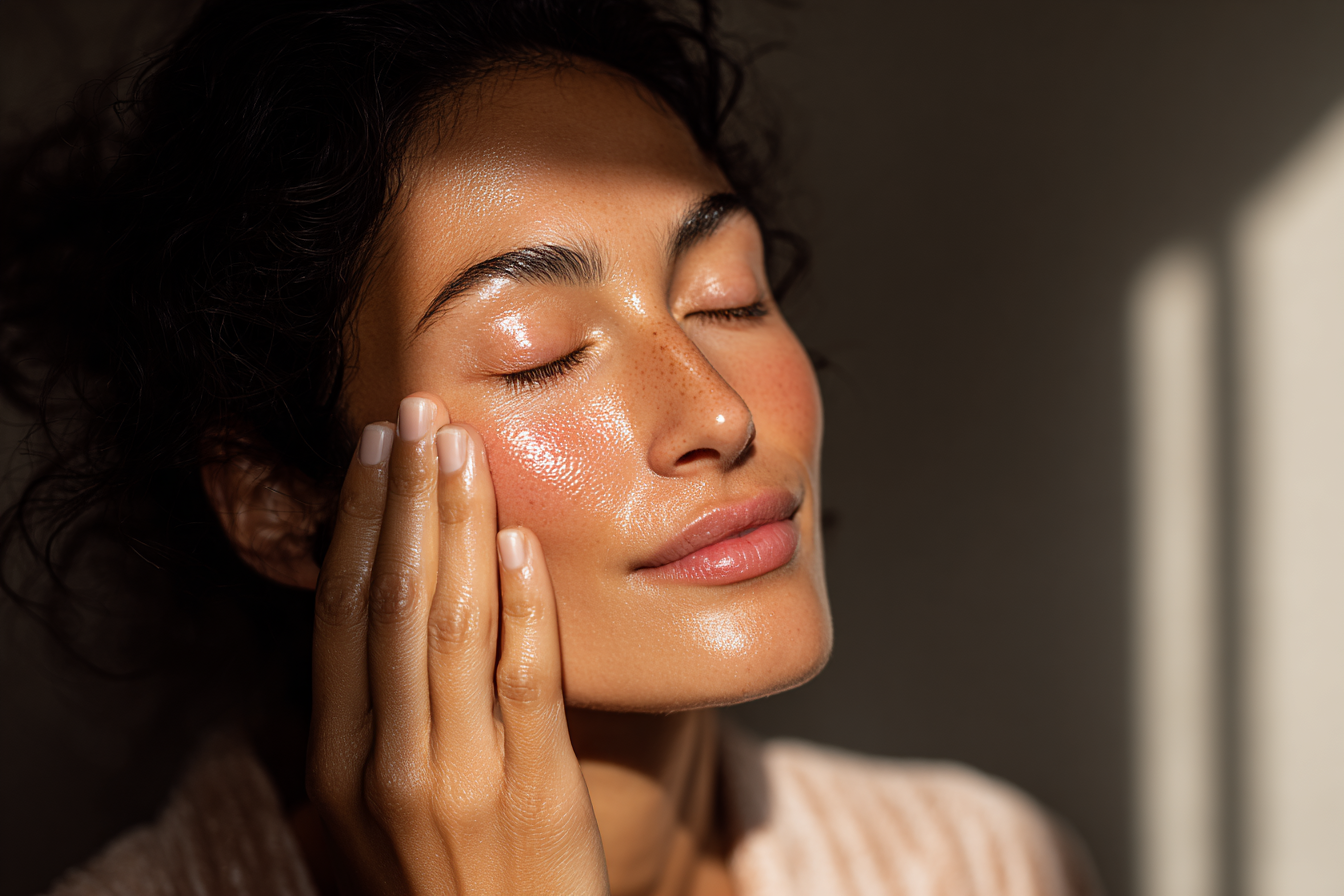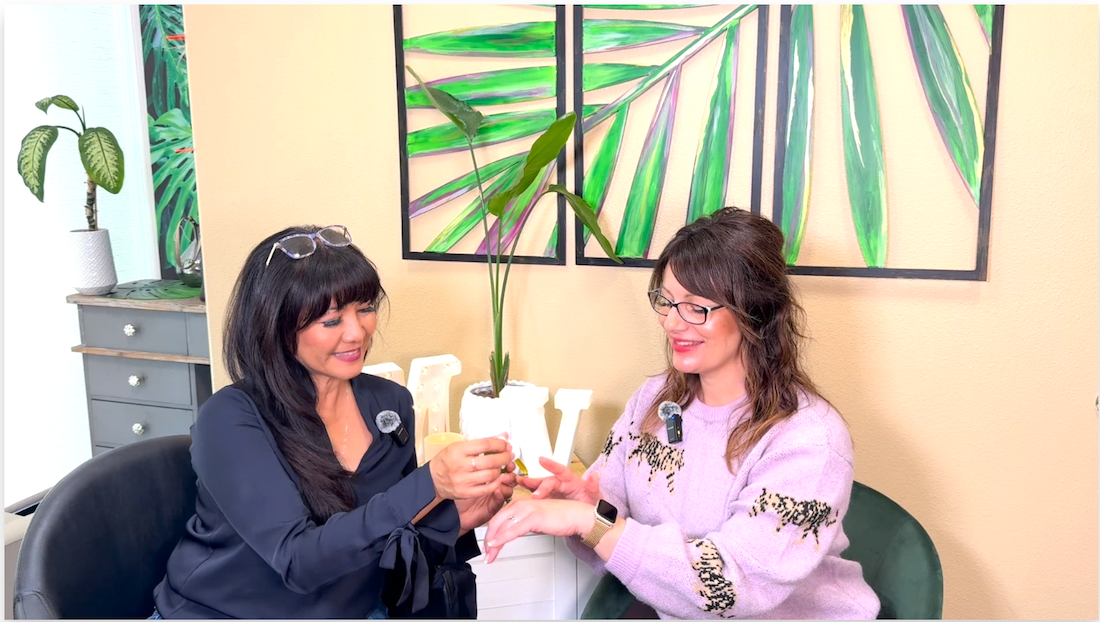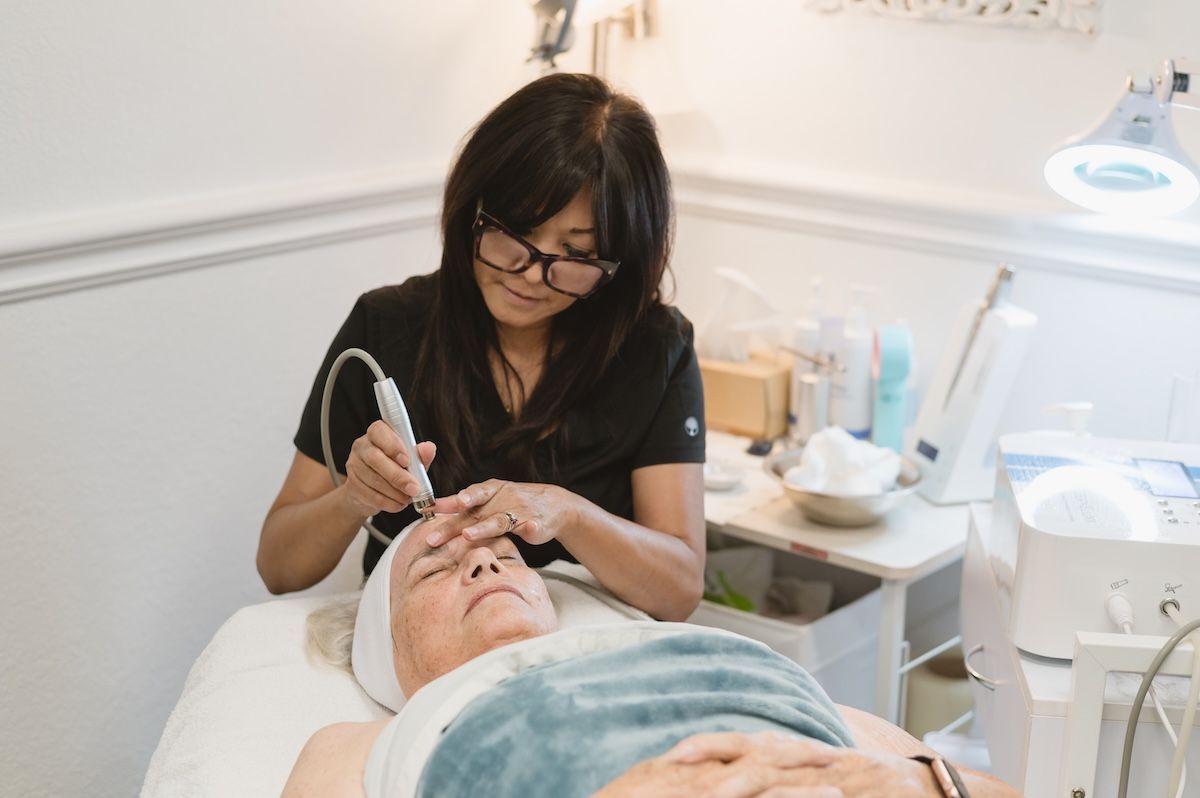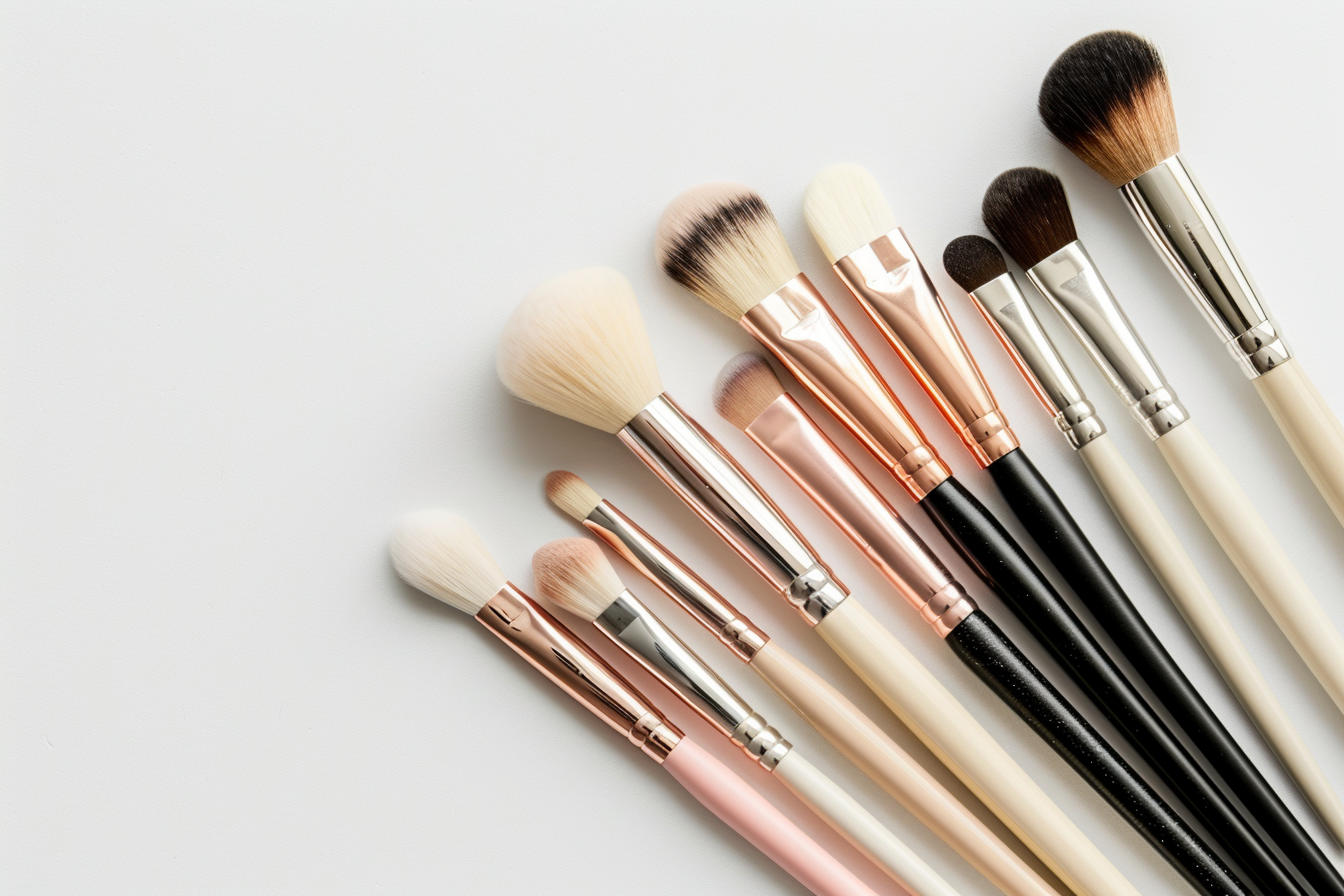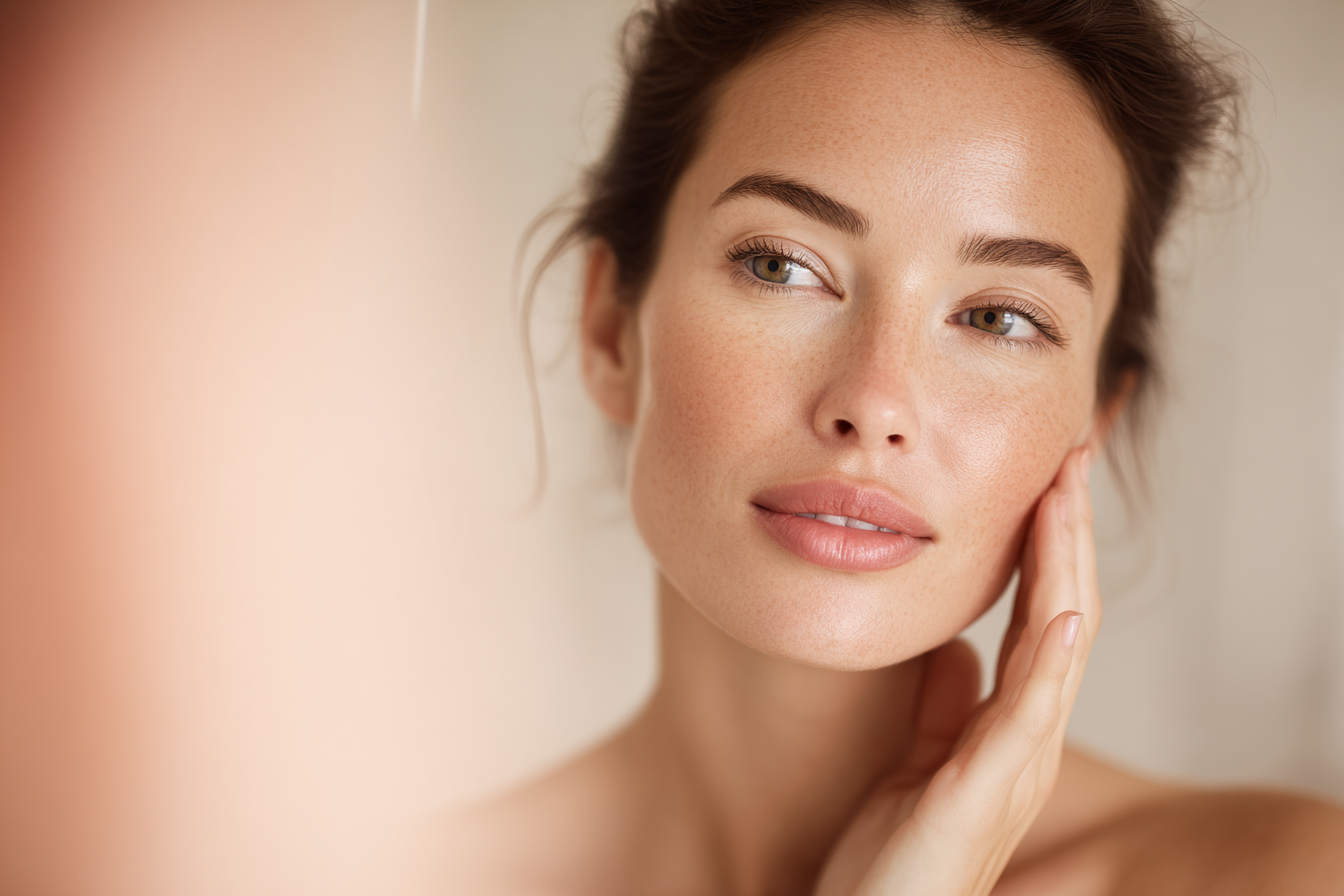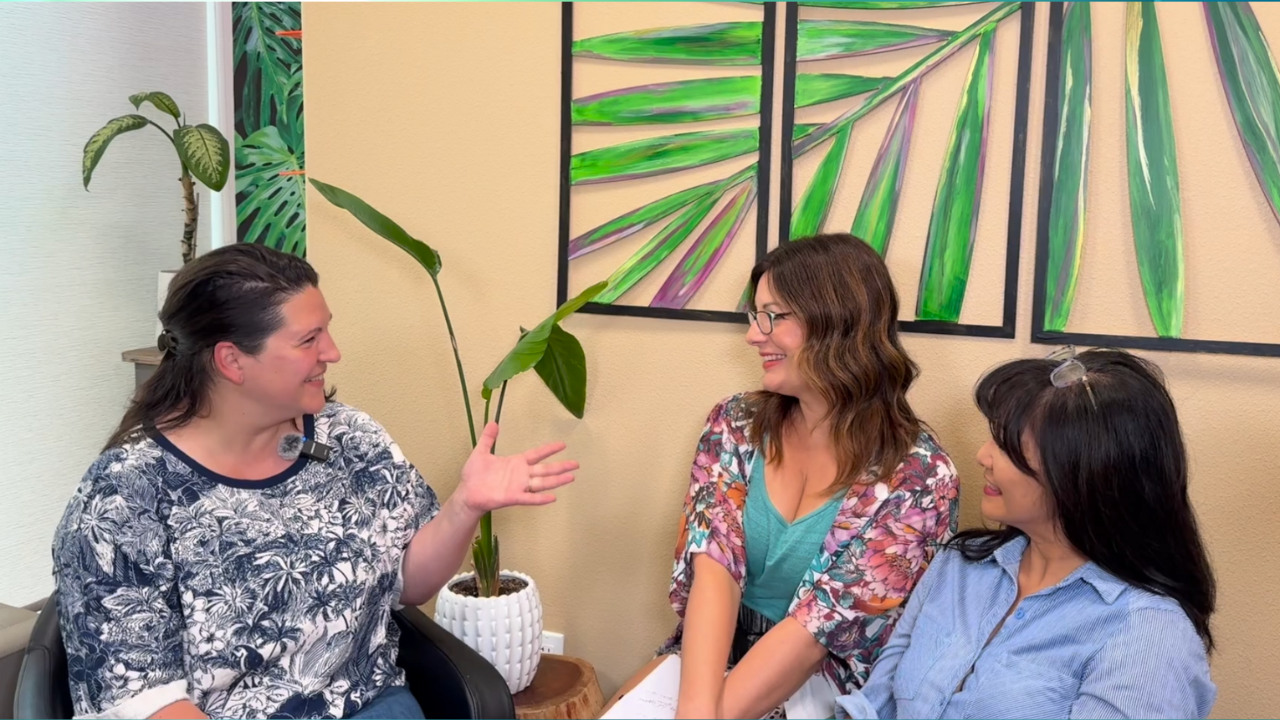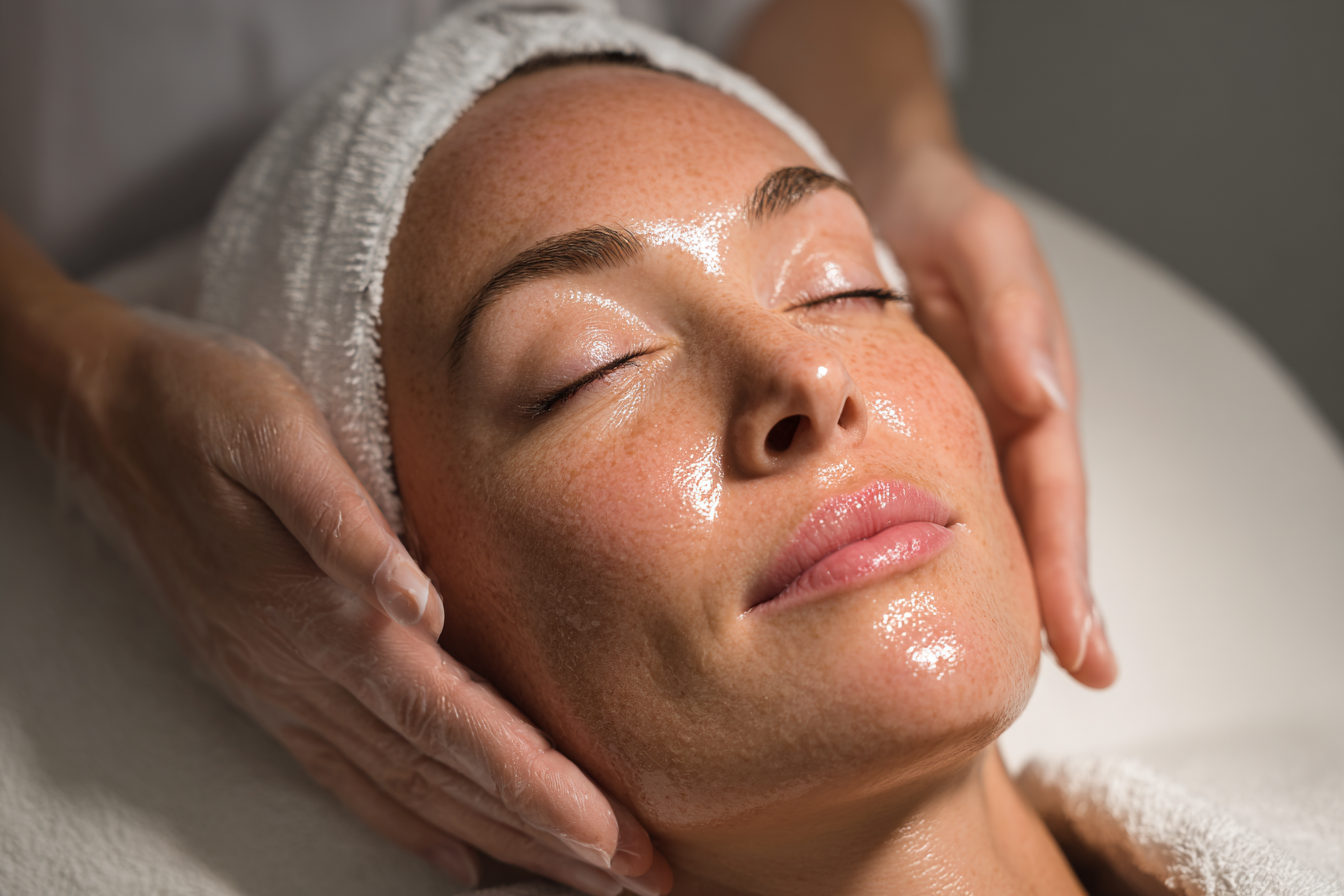9 | Exfoliation 101: Techniques, Benefits, and Best Products
9 | Exfoliation 101: Techniques, Benefits, and Best Products
Welcome back to
The Beauty Lab Podcast! In this episode, we delve deep into the art and science of exfoliation with Monina, our skincare guru, sharing her wisdom on how to exfoliate effectively. From understanding the types of exfoliants to choosing the right products for your skin type, we've got you covered.
What Is Exfoliation?
Exfoliation is the process of removing dead skin cells from the surface of your skin, promoting cellular turnover and revealing fresh, glowing skin. Without regular exfoliation, skin can appear dull, and clogged pores can lead to breakouts.
Types of Exfoliants
Exfoliants fall into two categories:
1. Mechanical Exfoliants
These use physical abrasives to slough off dead skin. Best for normal to oily skin types, mechanical exfoliants should be used sparingly to avoid irritation.
Recommendation: Lumière De Vie Volcanic Mask
2. Chemical Exfoliants
These rely on acids or enzymes to dissolve dead skin cells without scrubbing. Chemical exfoliants are categorized as:
- Alpha Hydroxy Acids (AHAs): Ideal for dry or sensitive skin.
Recommendation:Retinol - Beta Hydroxy Acids (BHAs): Perfect for oily or acne-prone skin.
Recommendation:BHA Cleanser - Enzymes: Derived from fruits like papaya and pineapple, they provide gentle exfoliation suitable for all skin types.
Recommendation:
Skin Script Enzymes
Benefits of Exfoliation
- Brighter Skin: Removes dull surface cells for a radiant glow.
- Clogged Pores Prevention: Reduces the chance of acne breakouts.
- Enhanced Product Absorption: Prepares your skin to absorb serums and moisturizers effectively.
- Anti-Aging Effects: Minimizes the appearance of fine lines and wrinkles over time.
- Even Skin Tone: Reduces hyperpigmentation and uneven texture.
Types of Chemical Peels and Their Uses
- Pigmentation: Glycolic or kojic acid helps brighten and even out skin tone.
Tyrosinase inhibitors like kojic acid and tranexamic acid are especially effective. - Acne: Salicylic acid or retinoic acid combats breakouts and reduces oil.
- Scars: TCA peels smooth skin texture by targeting deep scars.
- Rosacea: Azelaic or mandelic acid offers gentle exfoliation without causing flare-ups.
Exfoliation Frequency
- Dry/Sensitive Skin: 1–2 times per week with gentle enzymatic exfoliants.
- Oily/Acne-Prone Skin: 2–3 times per week using BHAs or enzymes.
- Normal/Combination Skin: 2–3 times per week, alternating between mechanical and chemical exfoliants.
Pro Tip: Avoid using mechanical and chemical exfoliants on the same day to prevent over-exfoliation.
Aftercare Tips
Post-exfoliation, your skin is more sensitive to the sun. Always apply sunscreen with SPF 35 or higher, reapplying every two hours if exposed to sunlight.
Want Help?
If you’re in the Bay Area or planning a trip to Northern California, we’d love to assist you in learning more about your skin! Explore our Skin Analysis and Consultation services to get personalized insights and expert guidance.
Links to Products:
- Lumière De Vie Volcanic Mask:Buy Here
- Retinol:Buy Here
- BHA Cleanser:Buy Here
- Skin Script Enzymes:Buy Here
Exfoliation is a game-changer for achieving vibrant, youthful skin. Whether you’re a beginner or looking to refine your skincare routine, let this guide be your go-to resource.


